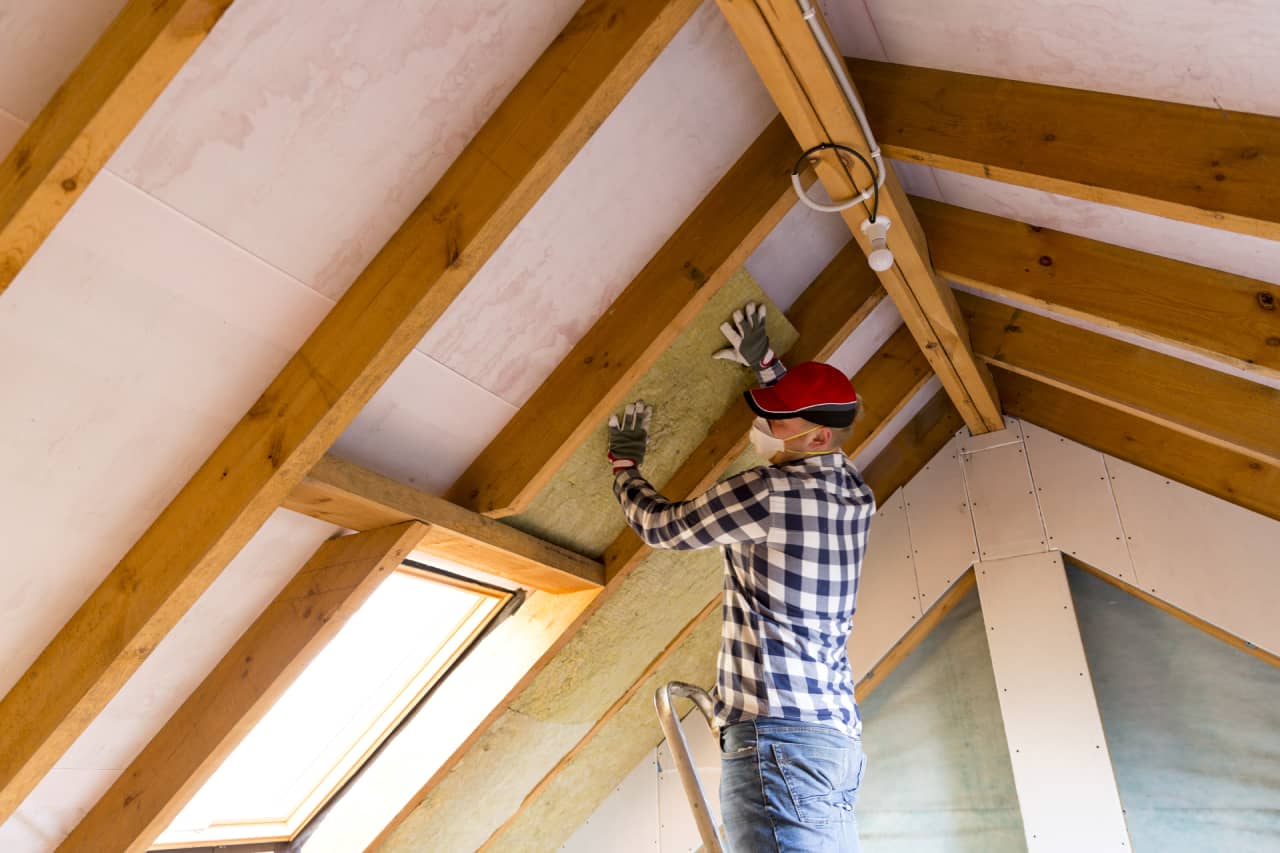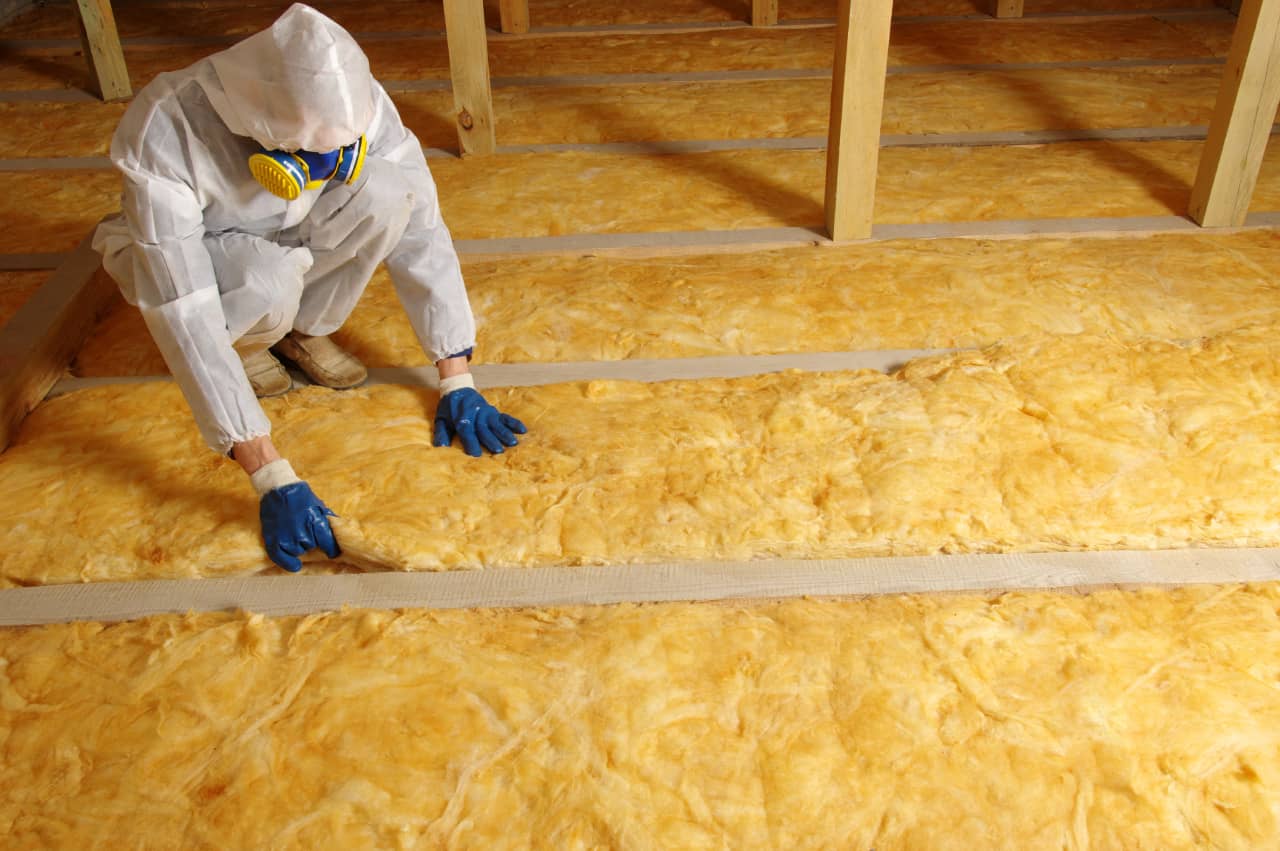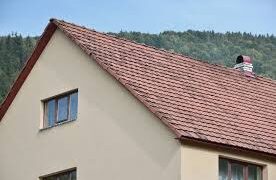Home insulation reduces the heat entering your house during hot seasons and traps heat during winter. This way, it improves heat and airflow in a property, making the home more comfortable. As an effect, excellent property insulation results in lower energy bills and helps decrease carbon footprint.
If you’re planning to insulate your house, you may want to know which portions should you focus on. You may start with setting up your ceiling and roof insulation. Suppose you want to start with one of those. In that case, you may pick which is better to start with for your home. Here’s an article to guide you for that purpose, so keep reading.
Roof Insulation

Professional roof insulation can be a good option if you have an average or more-than-average space. For the insulating batt and roll products that suit your needs, you may check out knaufinsulation.com.au and other similar stores. But, before you choose roof insulation, you may need to dive into the following advantages and disadvantages to see if it’s the one you’re looking for:
1. Advantages
- Better Energy Efficiency
Roof insulation can be applied directly under the roof or above the ceiling. Either way, the insulating products regulate the heat entering and exiting the home. In addition, many houses have air conditioning ducts near the roof that improve their cooling with the help of roof insulation. - Ideal For Old Houses
Traditional houses generally have attic and roof structures that make roof insulation the appropriate choice. You could fit loose-fill insulating materials in the roofline to cover a vast space. Furthermore, you may use spray foam to seal the remaining open spaces where air could pass through. Roof insulation could also retrofit the old house’s roof structure without changing much of its physical appearance. - Has Wider Coverage
Roof insulation covers a vaster space compared to ceiling insulation. In many cases, roof insulation materials, whether batts or rolls, could fit the roof spaces, ensuring that the air in the area is regulated. Furthermore, it helps save more energy and expenses. - Longer Lifespan
Generally, roof insulation is known for its more extended lifespan than its counterparts. This could be caused by non-exposure to elements, unless there’s roof leakage. In addition, roof insulation is less prone to pest infestation—one of the leading causes of the early degradation of the insulating rolls and batts. - Protects The Roof Against Moisture Damage
If the roof insulation is thoroughly installed, the roof becomes protected against moisture damage. This way, the spaces alongside the roof become free from mold and mildew growth that usually thrive in damp spaces.
2. Disadvantages
- Generally Expensive
Because roof insulation covers a bigger area, it’s more expensive than ceiling types. In addition, the required thickness of the batts and rolls also adds up to the costs. Moreover, if the house is old, it may need extra expenses for the spray-in insulation. - Longer Installation Time
Because of the size and thickness, roof insulation installation takes more time. If you aim for a quicker application, you may opt for professional insulation installers. However, this option could be more costly. If you want a cheaper option, you may try a DIY installation. However, it may affect the quality of the insulation.
Ceiling Insulation

If you have a smaller space, you may pick ceiling insulation. Also, this type of insulation is ideal for new houses with hard-to-reach roof spaces. This works better in providing thermal comfort between floors.
For more ideas of what ceiling insulation could offer or require, check out the following insights:
1. Advantages
- Easier To Install
Ceiling batts and rolls apply to any ceiling surface. In addition, you could install it even if you have limited knowledge of putting up batts and rolls. You could just refer to comprehensive yet straightforward tutorial videos to be familiar with the process so you’d know how to cut and install the insulation products. This way, you could cut installation costs, minimizing much of your expenses. - Generally Cheaper
Apart from the possible low installation cost, the batts and rolls you’ll need are fewer than roof types because of the minimal space. This means that ceiling insulation is a much cheaper option. - Ideal For Small Houses
This type applies to tiny houses because these structures generally have smaller areas. The minimal space maximizes thermal efficiency and energy savings with just a few batts and rolls installed. - Needs Less Requirements
Ceiling insulation doesn’t need roof insulation requirements, such as longer installation time and budget. Because of this, you can apply its installation the soonest time the batts and rolls become available.
2. Disadvantages
- Minimal Protection Against Dampness And Other Issues
Because ceiling insulation typically covers a particular portion, it may not cover all the surfaces of a floor, or its edges and gaps. Hence, moisture buildup can’t be avoided. This situation could even lead to the growth of mold and mildew that could damage the insulation in the long run. - Reduced Airflow Between Floors
Ceiling insulation could block the airflow between floors. This happens when all floors and ceilings are insulated. To prevent this, you should provide a space for the ventilation to pass through so the airflow won’t be affected. - Shorter Lifespan
Generally, the batts and rolls applied in the ceiling have a shorter lifespan because they’re more exposed to the homeowners’ vibration, shock, and movement. In addition, they’re typically thinner, making them more prone to peeling and disintegration in a limited time.
The Verdict
Roof and ceiling insulation have all their strengths and weaknesses. In choosing between them, you should consider the spaces where you’ll use them. If you’re planning a larger home insulation, roof insulation could be the better choice despite its higher cost and more extended installation. In contrast, smaller spaces may be ideal for ceiling insulation. However, it would be best to ask seasoned installers.
You may also ask your friends what type of insulation suits their cooling and heating needs. You may also seek tips in home insulation from anyone who could provide you with legitimate answers. Either way, always think about the quality of batts and rolls you’ll install, regardless of whether they’ll be applied to the ceiling or roof.




